History
The Gadelius Story
When a pioneering Swedish family opened a Yokohama branch of their trading company in 1907, they had already been active in Asia for a decade.
That trading house, Gadelius, has flourished in Japan for nearly a century, growing and successfully adapting to the changes and challenges of the country's economy. Our success builds on founder Knut Gadelius's philosophy of introducing unique, high-quality, high-technology products to the Japanese market. Gadelius has always added value to the process of trade; over the years we have provided engineering, local manufacturing, sales and after-service functions to our Principals. Gadelius helps international manufacturers to navigate through the intricacies of Japan's business, regulatory and cultural traditions, bridging both ends of trade with skill and expertise.
From its earliest days, Gadelius established a position in advanced industrial technologies. Over the years, we have introduced many world-renowned firms into Japan, and nurtured their growth in the market--names such as Atlas Copco, Höganäs, Kanthal and Sandvik.
Today, Gadelius continues this tradition of representing the best from the world in Japan today--adding true value to the process of trade while focusing on sales and after-market services.
history
-
1907
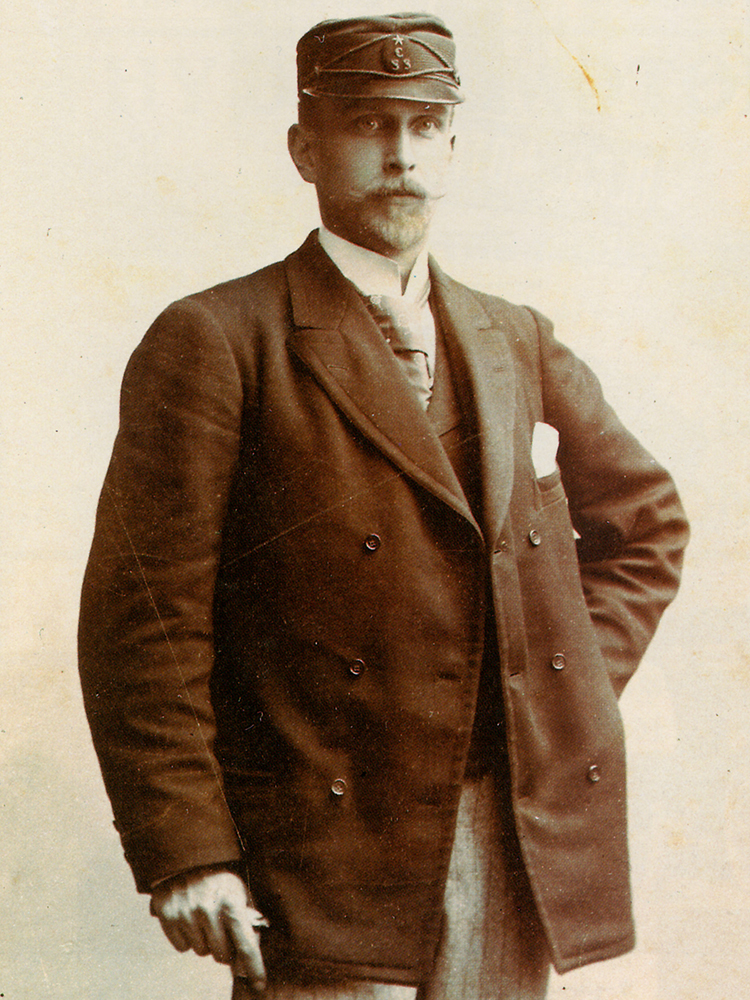
1907 Knut Gadelius, who, on his trip to Japan in 1907, established what was then known as Gadelius Shokai in Yokohama.
-
1909

1909 The Gadelius Shokai office in Tsukiji, Tokyo, established when the company was moved after two years in Yokohama. The house next door was the residence of Knut Gadelius
-
1910代
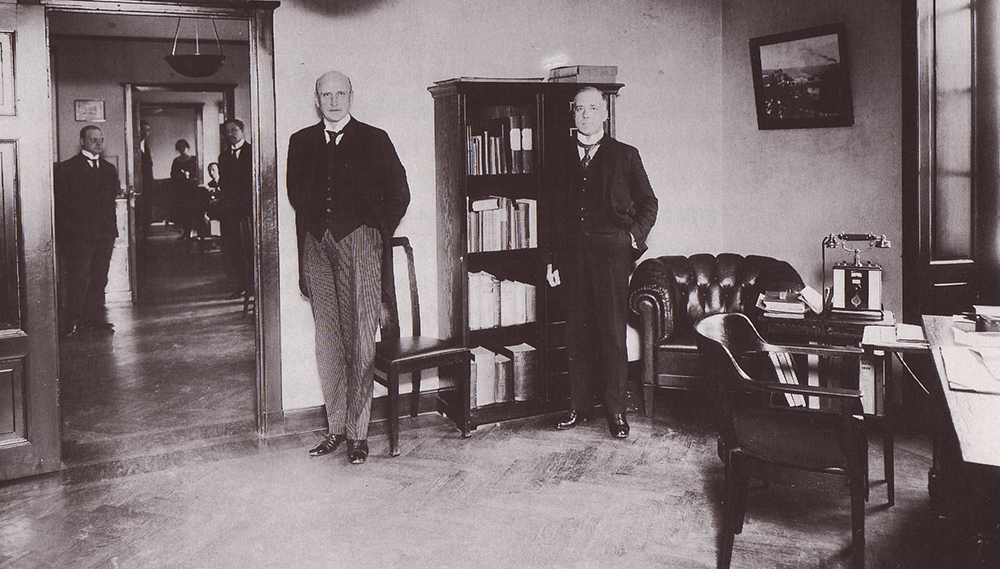
The Gadelius Stockholm office; Knut Gadelius stands at left in the foreground.
-
1918
1918 Office established in Kobe
-
1923

1923 The Great Kanto Earthquake destroys the Tsukiji head office. Employee Ivar Nordmark is presented with an award from the police for his use of a Ludwigsberg fire pump in fighting fires caused by the earthquake.
-
1930代
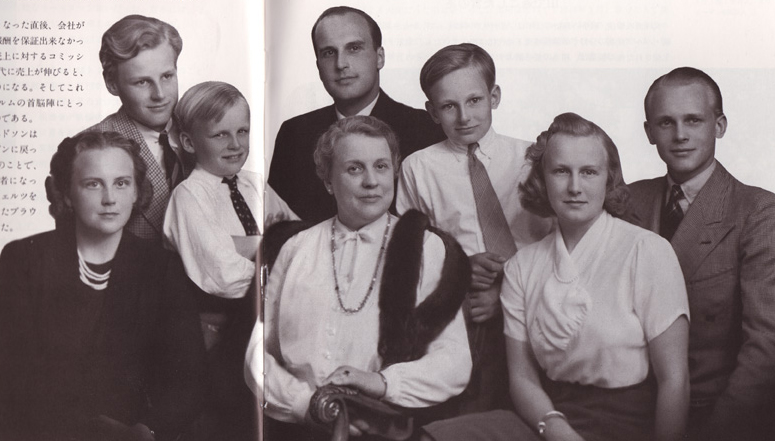
Knut Gadelius's wife Gabriella, surrounded by her children, all of whom(except for son Taro) had both Swedish and Japanese names: (from left) Yaeko, Saburo, Goro, Taro, Shiro, Kiku and Jiro.
-
1932
1932 Knut Gadelius passes away in Sweden.
-
1977
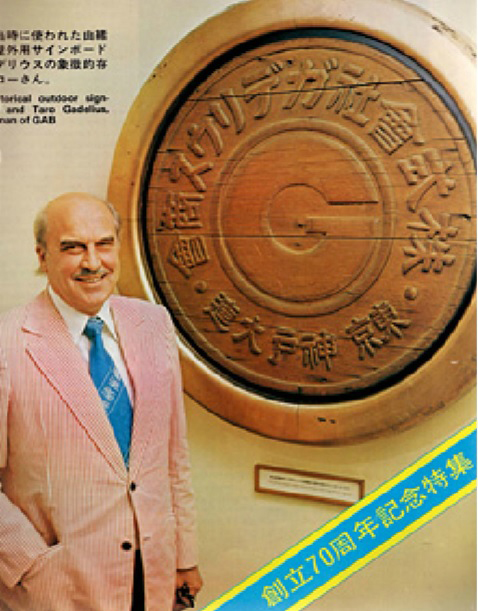
1977 Taro Gadelius with the Gadelius Shokai wooden sign actually used outside the company office in the 1920s, today part of the collection of the Oedo Museum, Tokyo.
-
1978
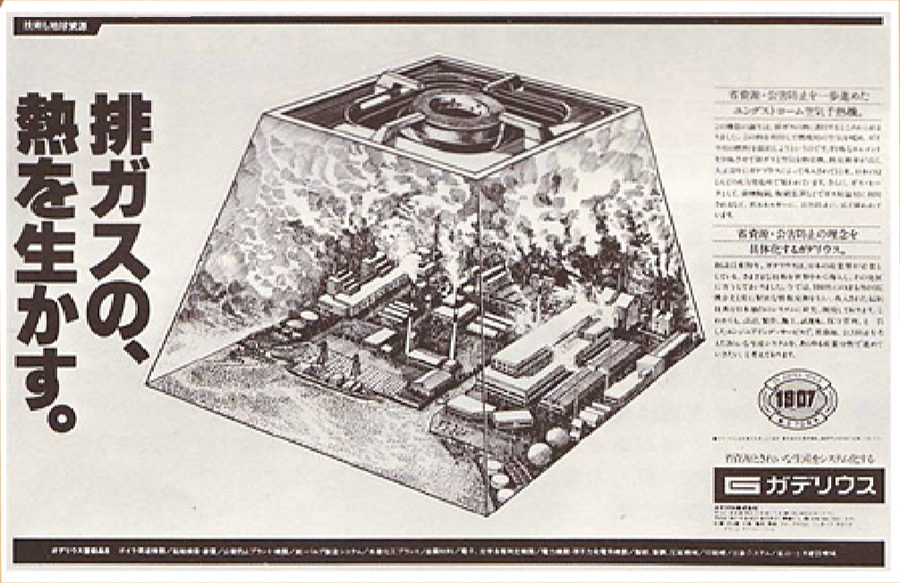
1978 Gadelius advertising appears in Japan's leading economic newspapers and magazines, featuring a common ecological and energy-saving theme.
-
1981
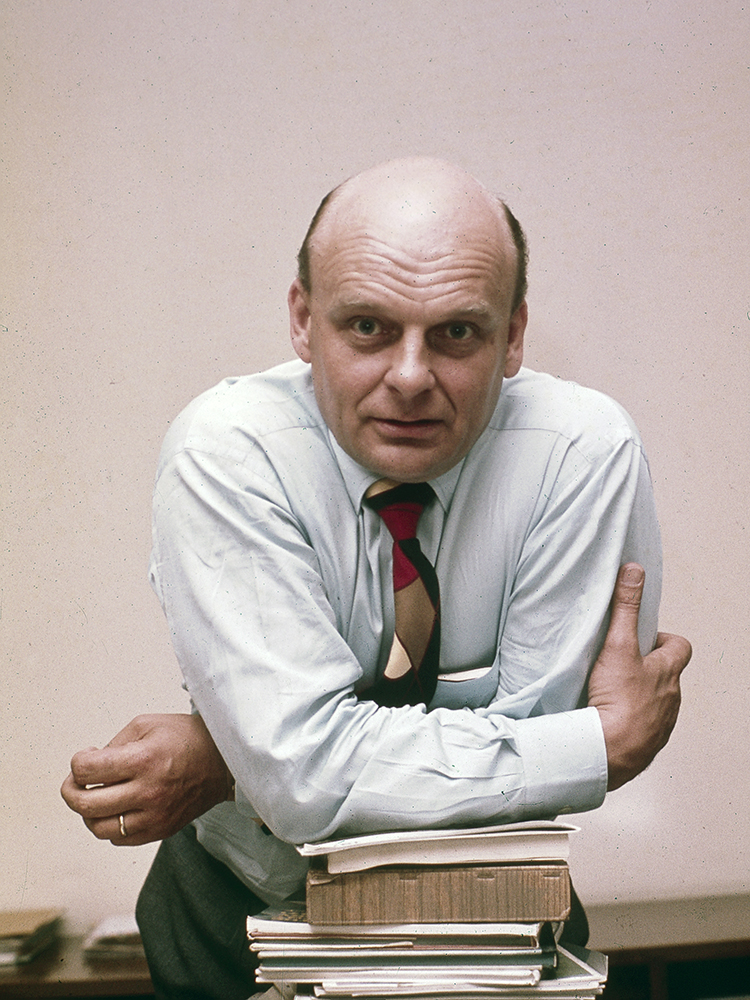
1981 Gadelius Fund established by Goro Gadelius and his wife.
-
1981
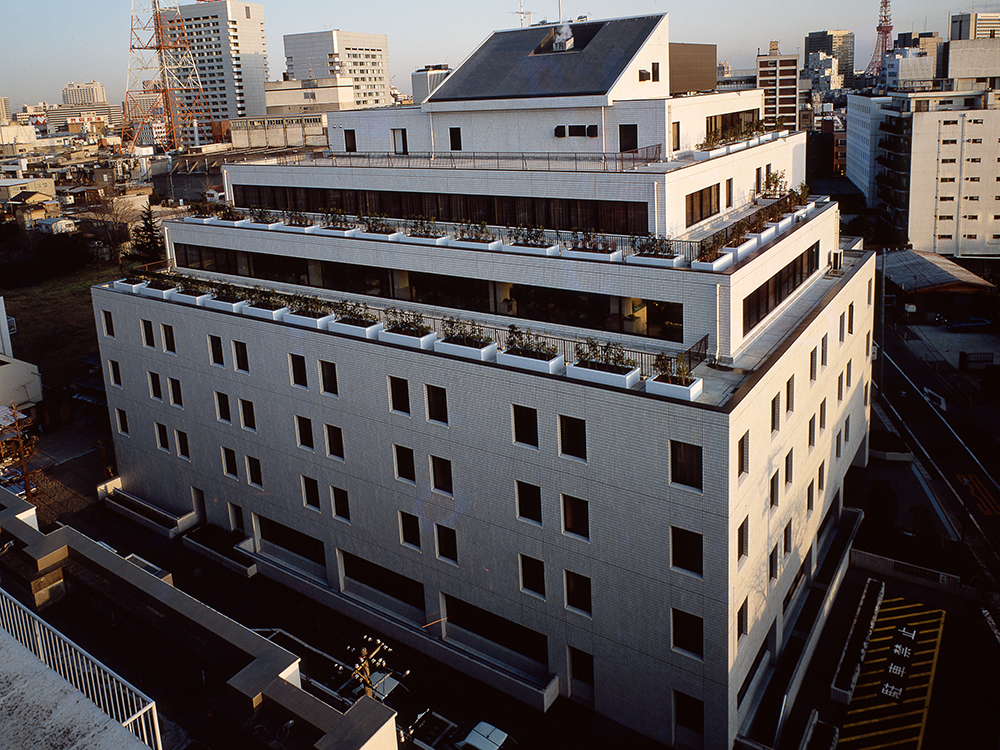
1982 Construction completed on the Entsuji Gadelius Bldg.
-
1985
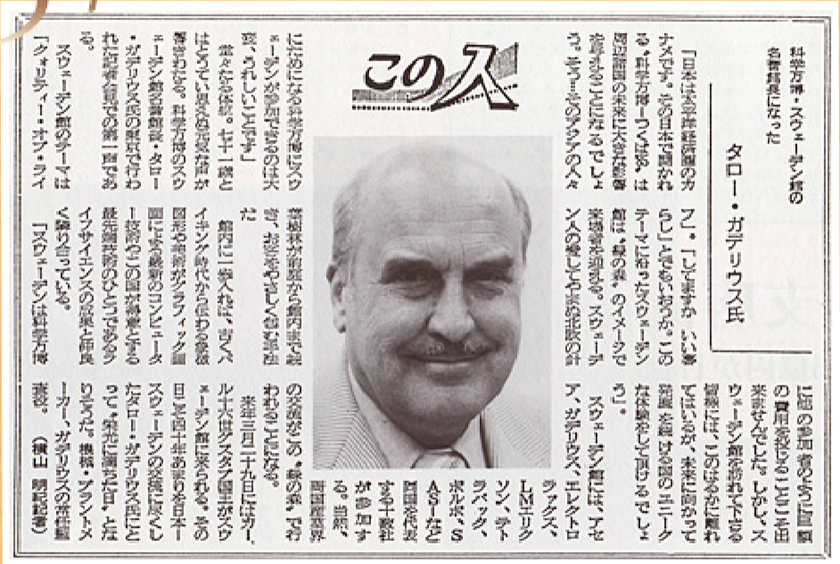
1985 A newspaper article featuring Taro Gadelius as the Commissioner General of the Swedish Pavilion at the Tsukuba Expo.
-
1988
1988 The industrial supply business is spun off as Gadelius Trading(today Gadelius Industry K.K.) is established.
-
1996
1996 Gadelius Trading name is changed to Gadelius K.K.
-
2007
2007 Gadelius celebrates its 100th anniversary.
-
2007
Gadelius is given the Swedish Chamber of Commerce and Industry in Japan's(SCCJ) Special Business Award.
-
2012
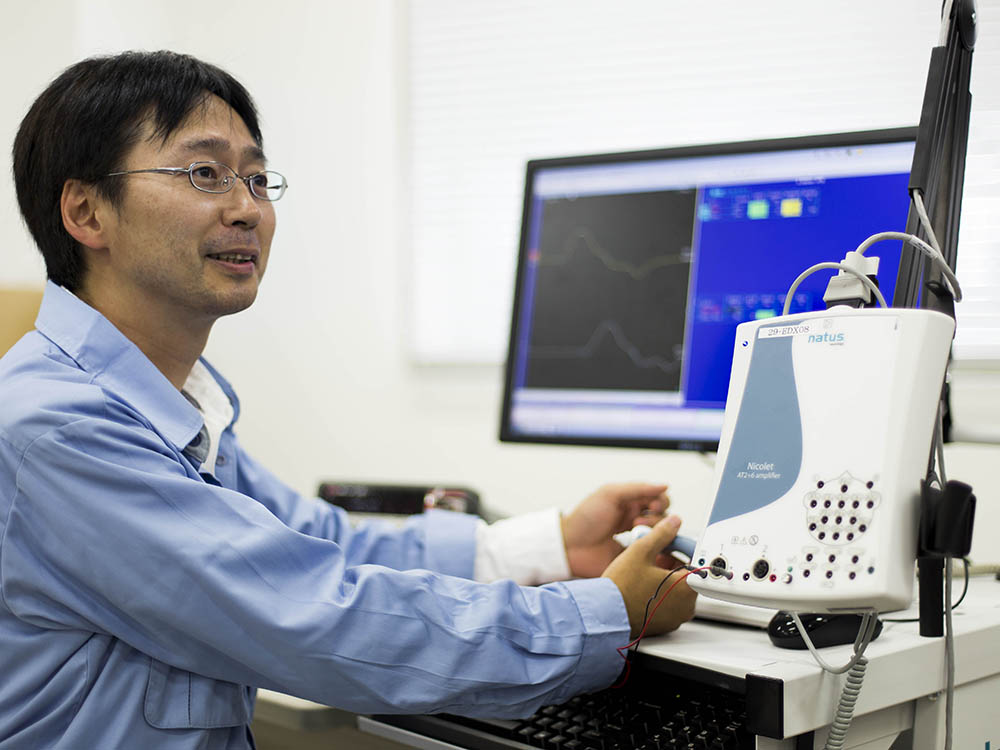
2012 The Medical Division is spun off as Gadelius Medical is established. The Gadelius Group organization now also includes Gadelius Holding, Gadelius Industry, Gadelius Medical and Gadelius Europe AB.
-
2013
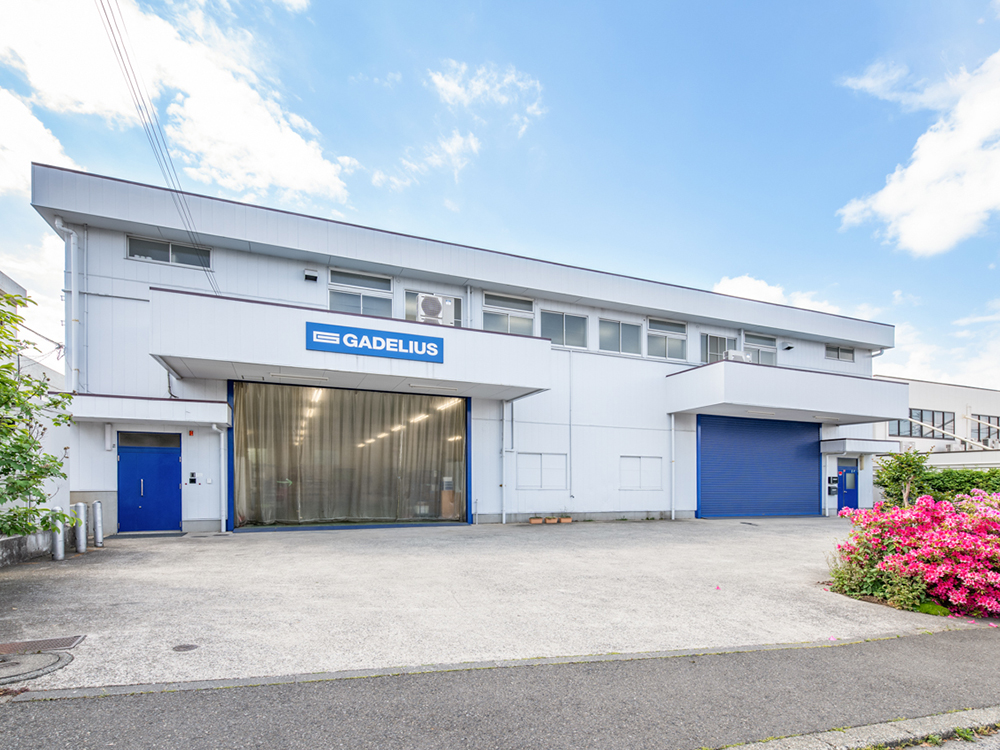
2013 Gadelius Industry's Technical Center is shifted to Yokohama.
-
2013
2013 New clubhouse is completed at Hayama (Plus Energy House)
-
2014
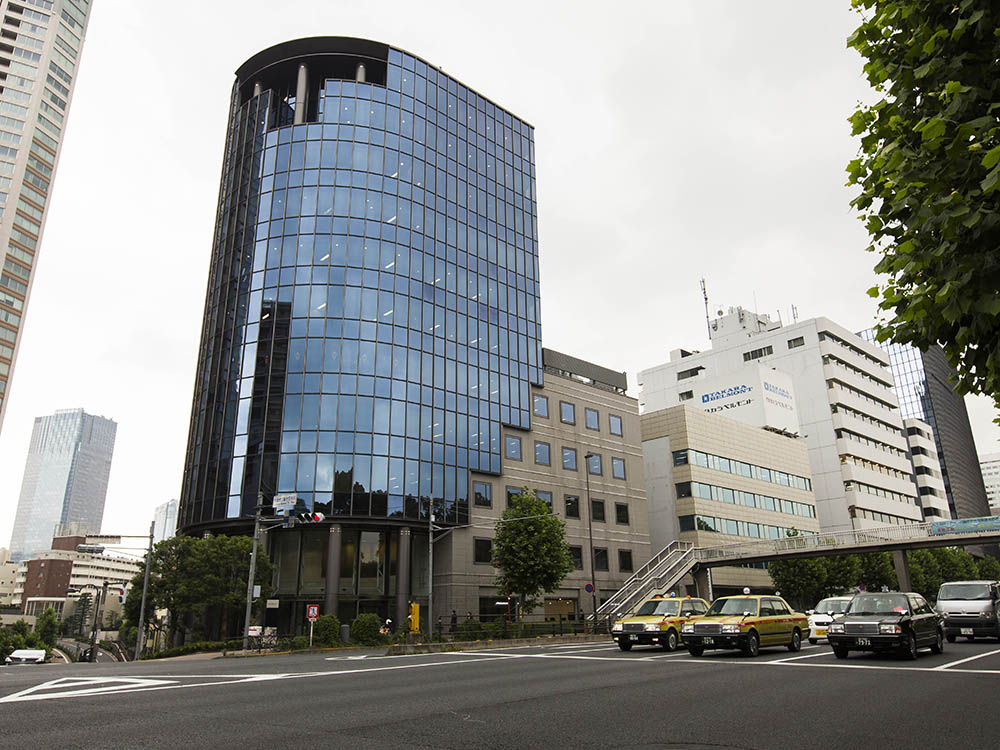
2014 Today's headquarters moved to current address, 7-1-1, Akasaka, Minato-ku, Tokyo.
-
2017
2017 Gadelius establishes the Gadelius Cancer Fund, which provides financial support to employees battling cancer, including a ¥1 million payment for the costs involved with cancer treatment.
-
2018
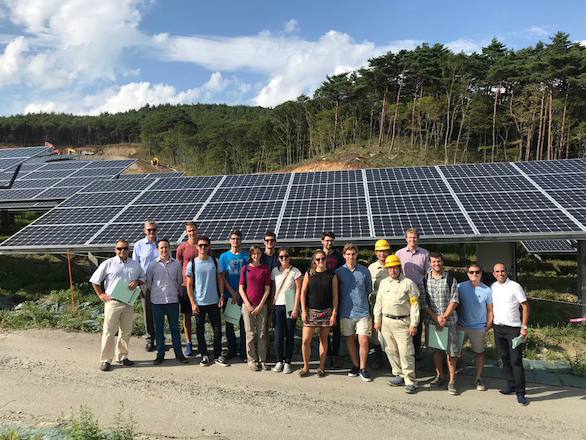
2018 In commemoration of Gadelius' 111th birthday in 2018, the Gadelius Group sponsors 120 students from the KTH Royal Institute of Technology in Sweden to create ideas for Sustainable Tokyo 2040.
-
2018
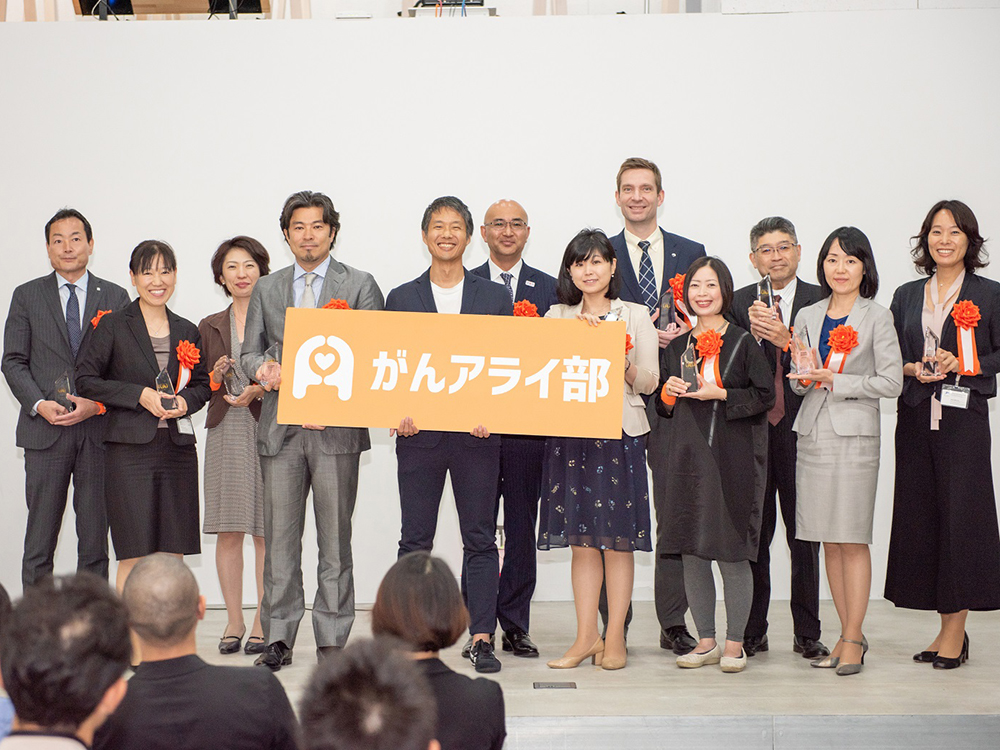
2018 Gadelius Wins Gan-Ally-Bu Gold Award, as recognition of the companies who make it easier for employees to continue to work while undergoing cancer treatment.
